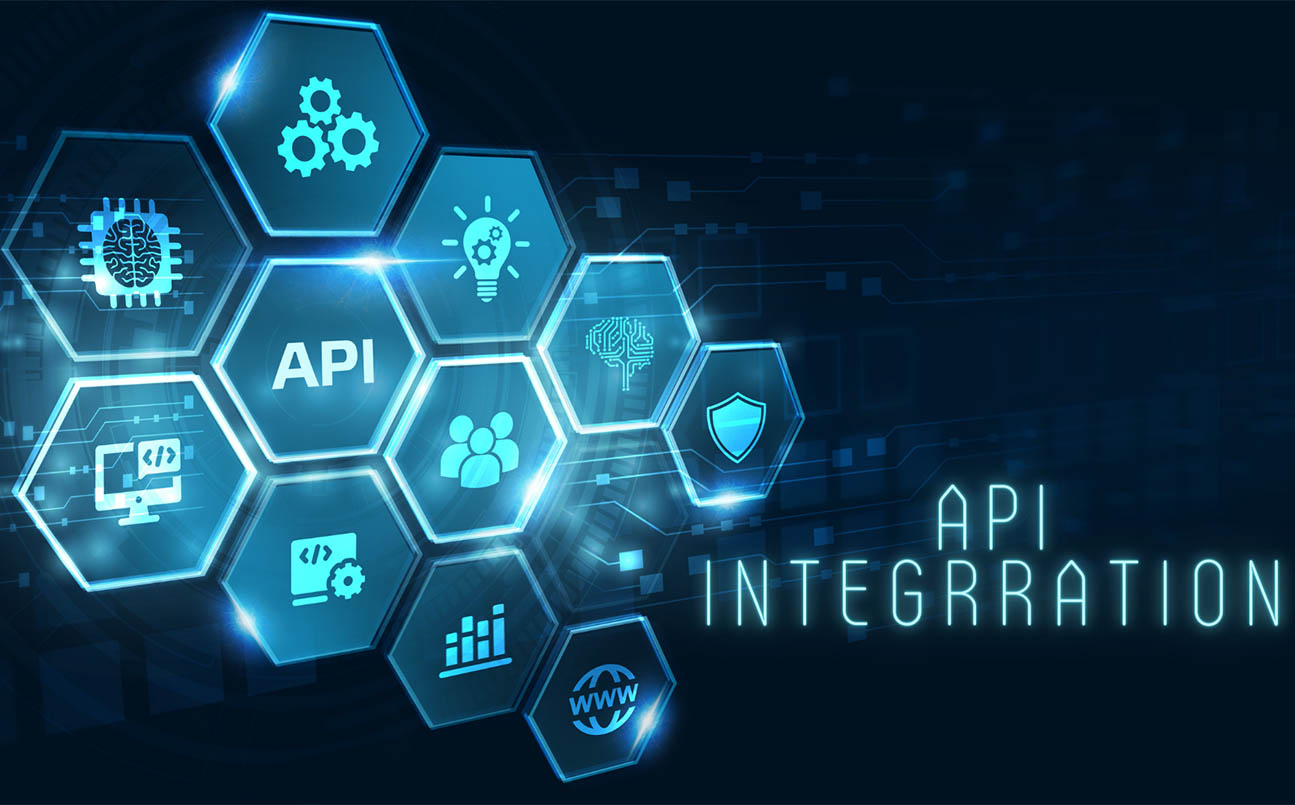Bully Tee Blog
Your go-to source for everything related to bullies and tee culture.
When APIs Collide: The Unexpected Benefits of Integration
Discover how API collisions can spark innovation and unlock surprising advantages for your projects. Dive into the unexpected!
Understanding API Integration: Unleashing New Possibilities
API integration is a powerful tool that allows different software applications to communicate with one another, enabling seamless data exchange and enhanced functionality. By implementing APIs, businesses can streamline their operations, improve user experiences, and foster greater innovation. For instance, integrating payment gateways, social media platforms, or customer relationship management systems can significantly boost efficiency. This not only saves time but also reduces the likelihood of errors, ensuring that the flow of information is both smooth and secure.
Understanding API integration opens up a world of possibilities for companies looking to leverage modern technology. With APIs, developers can create robust applications that harness the capabilities of multiple platforms, thus expanding their reach and effectiveness. Here are some key benefits of API integration:
- Enhanced Collaboration: APIs allow for better collaboration between different software solutions.
- Scalability: Businesses can easily scale their operations by integrating new services.
- Cost Efficiency: Reducing redundancy through API integrations can lead to significant cost savings.

How API Collisions Can Drive Innovation: Exploring Unexpected Benefits
API collisions, which occur when multiple applications or services try to interact using the same or conflicting API endpoints, may seem like a hindrance at first glance. However, these conflicts can serve as a catalyst for innovation. As developers are confronted with unexpected challenges, they are compelled to think creatively to find solutions. This can lead to the development of new methodologies, tools, and practices that not only resolve the issue at hand but also enhance overall system performance. By navigating through the chaos, developers often discover novel ways to streamline their code or improve user experience, ultimately driving progress within their organizations.
Furthermore, the process of resolving API collisions can foster collaboration among teams. When different departments or companies encounter similar conflicts, they are encouraged to share insights and strategies, leading to a collective enhancement of knowledge. This collaboration can take the form of workshops, brainstorming sessions, or even open-source contributions that yield improved API designs. As a result, organizations can create more robust ecosystems that support development and foster a culture of continuous improvement. Thus, while API collisions may initially appear problematic, they often pave the way for greater innovation and stronger partnerships in the tech landscape.
What Happens When APIs Collide? Discovering the Hidden Advantages of Integration
When APIs collide, it can lead to unexpected challenges and opportunities for innovation. The integration of multiple application programming interfaces (APIs) often results in conflicts as they attempt to communicate and exchange data seamlessly. However, rather than perceiving these collisions purely as obstacles, developers and businesses can discover a wealth of hidden advantages. For instance, the overlapping functionalities of different APIs can enhance the overall capability of an application, allowing for more complex and feature-rich solutions. By embracing these collisions, teams can uncover new pathways for integration that could streamline processes and elevate user experiences.
Moreover, the process of resolving API collisions can foster greater collaboration among development teams. As teams identify discrepancies and work towards solutions, they gain valuable insights into the architectural design and limitations of each API. This collaborative effort can lead to the emergence of best practices in API management and development, minimizing future conflicts and enabling smoother integrations. Ultimately, the collision of APIs serves as a catalyst for growth, pushing companies to innovate and refine their digital strategies, thereby enhancing their competitive edge in the ever-evolving tech landscape.